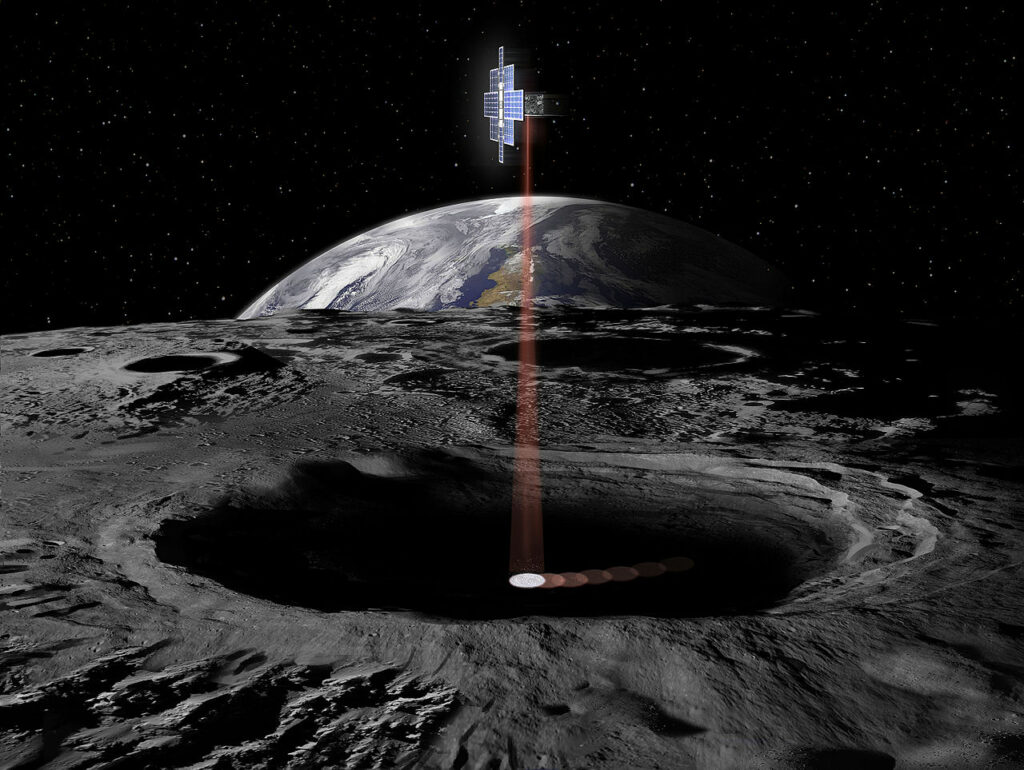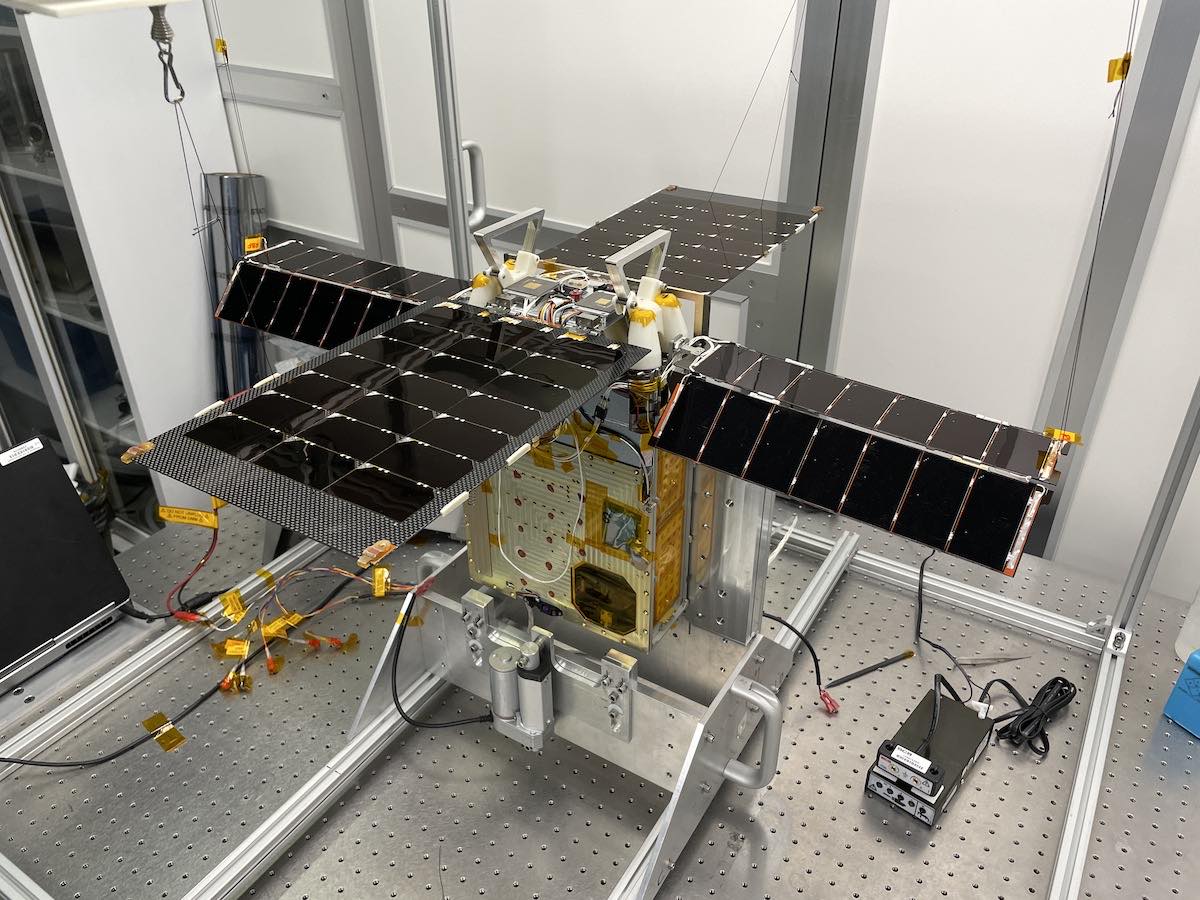The Lunar Flashlight CubeSat will not be able to enter orbit around the Moon. This is stated in a message published on the NASA blog.
Technical device and objectives of the Lunar Flashlight mission
Lunar Flashlight is a 14-kilogram spacecraft created on the basis of the CubeSat platform. The main purpose of the satellite is to search for traces of water ice and volatile substances in the polar craters of the Moon. To do this, Lunar Flashlight is equipped with an infrared laser and a spectrometer. The mission plan assumes that during the flight over the polar craters, the satellite will highlight their bottom with a laser. The spectrometer will analyze the light reflected from the lunar surface, which will determine its composition.

Initially, Lunar Flashlight was planned to be launched as one of the associated cargo of the Artemis I mission. But due to the fact that the spacecraft was not ready for the right time, it was moved to the Falcon 9 rocket. CubeSat has joined the Japanese Hakuto-R probe and the Arab lunar rover Rashid, which is supposed to make a soft landing on the moon in April 2023.
Problems with Lunar Flashlight thrusters
Lunar Flashlight was launched on December 11, 2022. It successfully separated from the rocket, after which it began an independent flight. Unfortunately, shortly after that, engineers identified problems. Three of the four CubeSat thrusters were unable to work at full capacity — most likely due to clogging of fuel lines.

After that, the mission specialists developed a rescue operation plan. They spun the CubeSat to a speed of one revolution per minute, and then began a series of course corrections using a single normally functioning thruster. The power unit successfully worked out the first few maneuvers, but after that its power also dropped, and it became obvious that Lunar Flashlight would not be able to reach the specified orbit.
As a result, the mission specialists developed a new plan. Lunar Flashlight will remain in a remote orbit around the Earth, but once a month it will fly over the south pole of the Moon, which will allow it to conduct scheduled observations. Already this week, engineers will try to carry out the maneuver necessary for this, using the maximum power that the CubeSat thrusters are still capable of developing. If the course corrections are successful, Lunar Flashlight will make the first flyby of the Moon in June 2023.
According to https://blogs.nasa.gov
Follow us on Twitter to get the most interesting space news in time
https://twitter.com/ust_magazine

